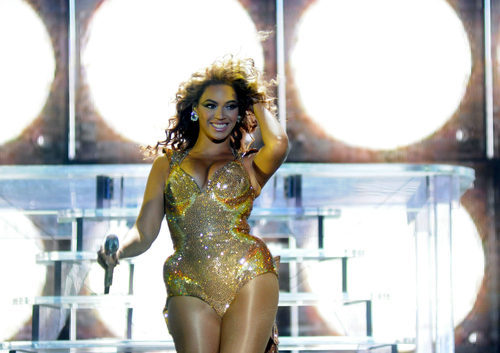The bass part of Beyoncé’s ‘Déjà Vu’ is definitely one of my guilty pleasures. At least, I used to file this song under ‘guilty pleasures’ until I realized that I shouldn’t feel any guilt whatsoever in enjoying it; from the moment that Beyoncé says ‘bass’, it’s clear what the song is all about. Released in 2006, ‘Déjà Vu’ bucked the trend of heavily programmed R’n’B in favour of predominantly live instrumentation – the only programmed element is the 808 drum machine – with bass coming from John ‘Jon Jon’ Webb (better known by his producer moniker of Jon Jon Traxx).
Beyoncé – Déjà Vu Bass Transcription PDF
The main bassline is built on a syncopated two-bar pattern that outlines a Gm7 chord, including a chromatic approach from the b7 to the root followed by an ear-grabbing, high register legato fill. This slippery-sounding lick includes the 9th (A) and 11th (C) of the chord (known as ‘chord extensions’ or ‘tensions’) which provide more colour than using basic chord tones; it may take some time for the legato phrasing and the trill to sound entirely even (at least, it did for me) – start slowly and don’t allow yourself to speed up until the sound becomes consistent. Here’s how I play it:
The chorus section of ‘Déjà Vu’ is built on a melodic phrase that hints at a major 9th chord, first played in Ab and then in G; watch out for the sneaky blues scale fill at the end of the last bar!
The articulations at the end of each bar of the prechorus section are not strictly trills between two fingers (as heard in the intro lick), but more of a ‘shake’ between two notes with a single left-hand finger:
If you’re struggling to get your ‘shakes’ together, then I find it helpful to remember that the technique is all about attitude, not finesse; it’s really a whole arm movement rather than a finger wiggle. If in doubt, spend some time listening to the undisputed master of the shake, Paul Jackson (and the heir to his throne, Me’shell Ndegeocello).

